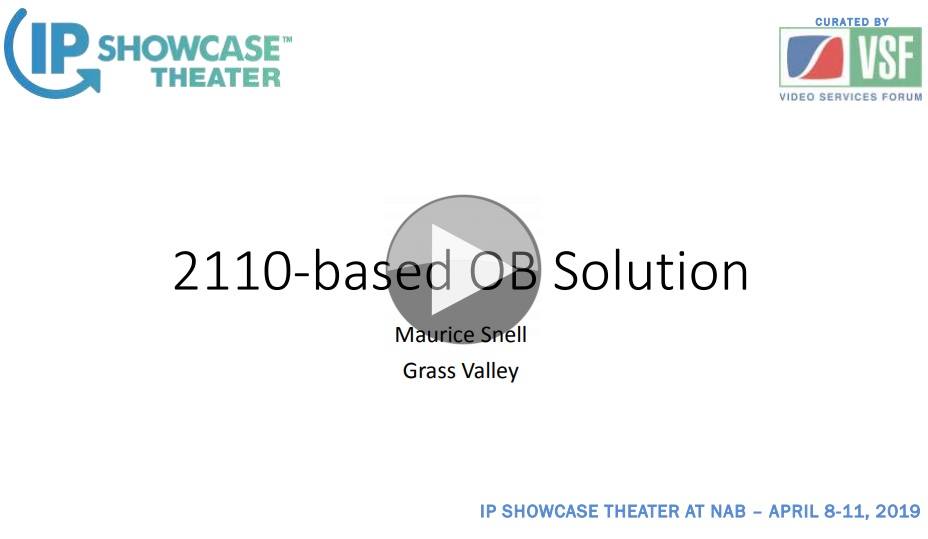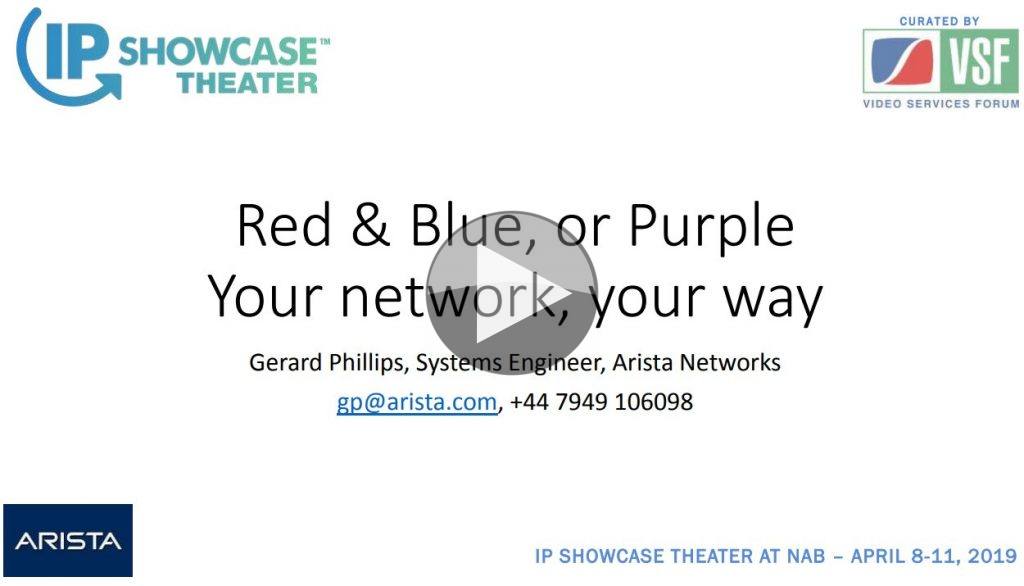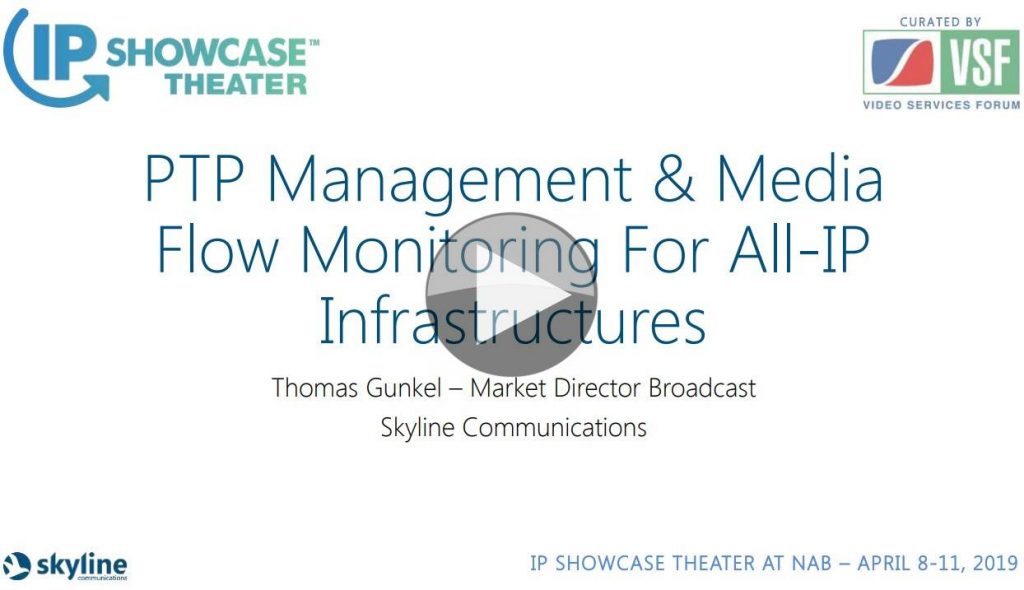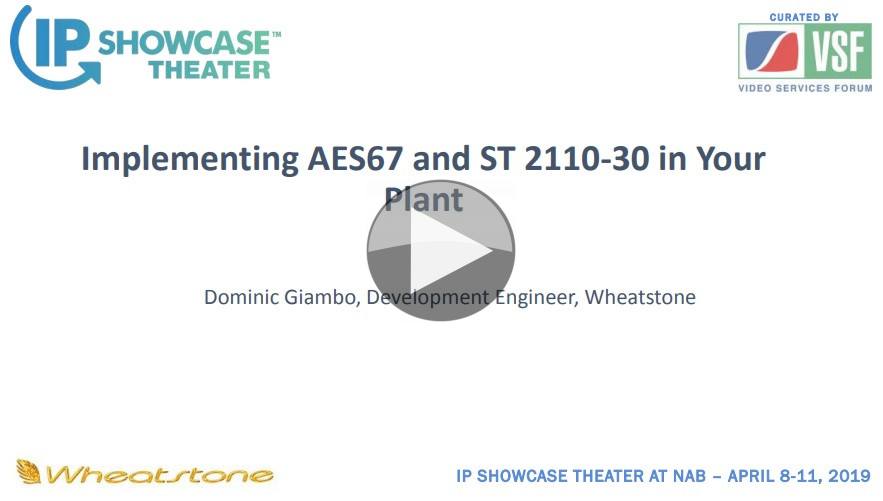This case study focuses on NEP UK’s ST 2110 based OB solution (Broadcast Centre and two IP UHD trucks) that was designed to support large sport events. We have already published a few posts related to full IP vans (e.g. Building a Large OB Truck Using SMPTE ST 2110 and ST 2110 – From Theory to Reality), but this design is slightly more innovative.
The most complex part of this solution is Broadcast Centre built for very large premium UHD productions (routing capabilities of 2000×2000 UHD IP feeds, 4 vision mixers). Such large productions take place only a few time a year, so for all the other times the same hardware can be reconfigured into smaller flypacks that can do multiple independent productions at different places around the world. All devices in Broadcast Centre are installed in mobile racks, so you can simply wheel them in and out of different sports venues.
These flypacks can also be used to extend capabilities of IP OB vans – the only limit is the number of ports available on the switches. A truck can be put in any location and connected to multiple IP systems, creating fully scalable and large broadcast system – the kind that you would only previously find in a fixed studio set up.
The case study covers lessons learned from this COTS based system which leverages SMPTE ST 2110, SMPTE 2059, and adaptive FPGA based edge processing. Maurice Snell focuses on advantages of ST 2110 IP design (massive simplification of wiring, use of COTS equipment, audio breakaway possibility, signal agnostic capabilities, flexibility, scalability) and describes the challenges (operators shouldn’t need to know or care if they are routing SDI, IP or a hybrid mixture of the two, importance of unified facility monitoring and configuration and a new approach to fault finding for engineers).
You can download the slides from here.
Speaker
 |
Maurice Snell Senior System Consultant Grass Valley |








